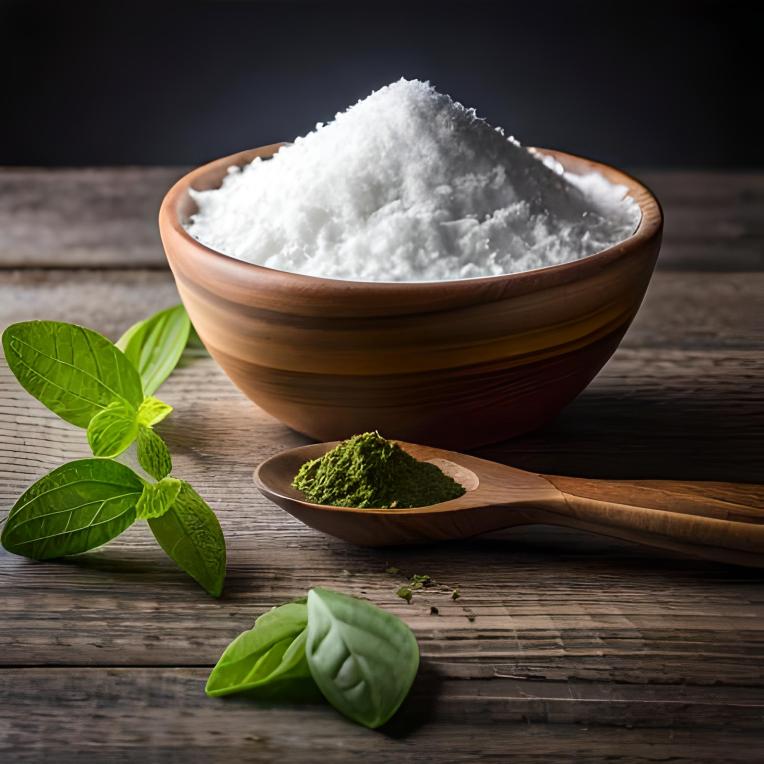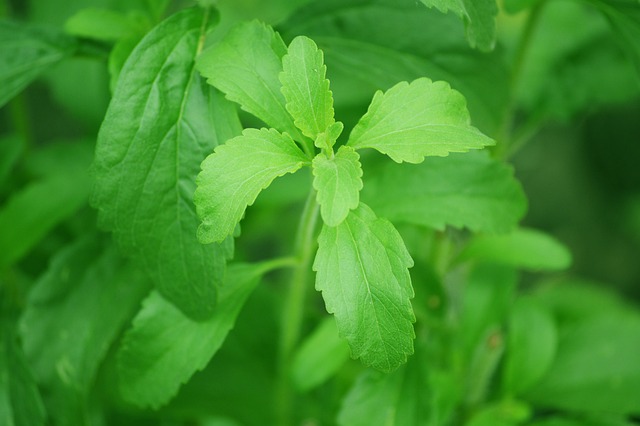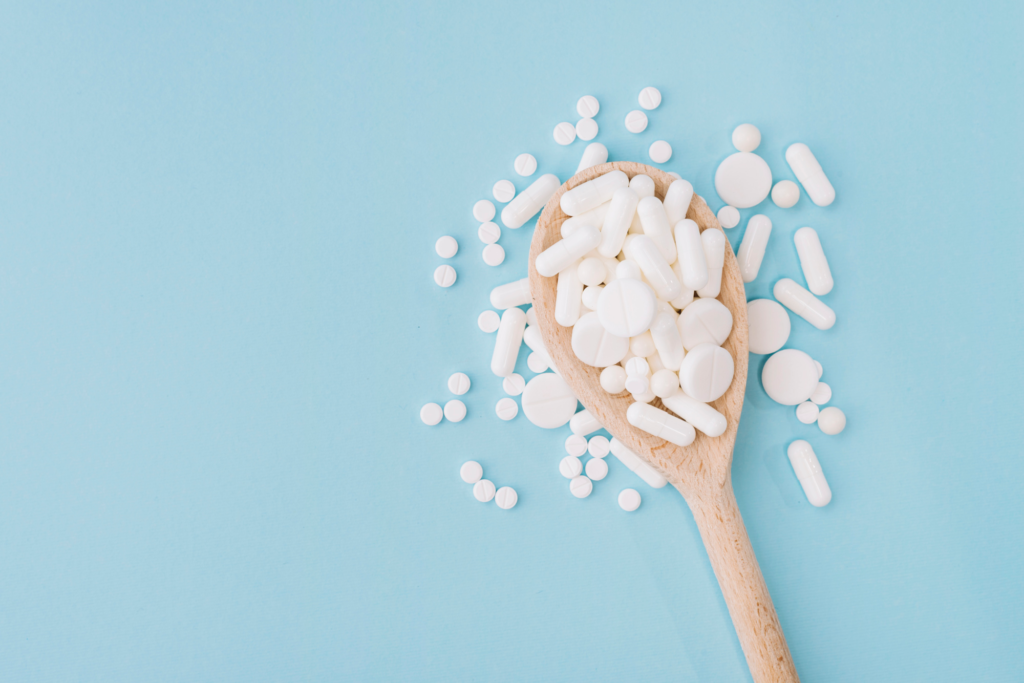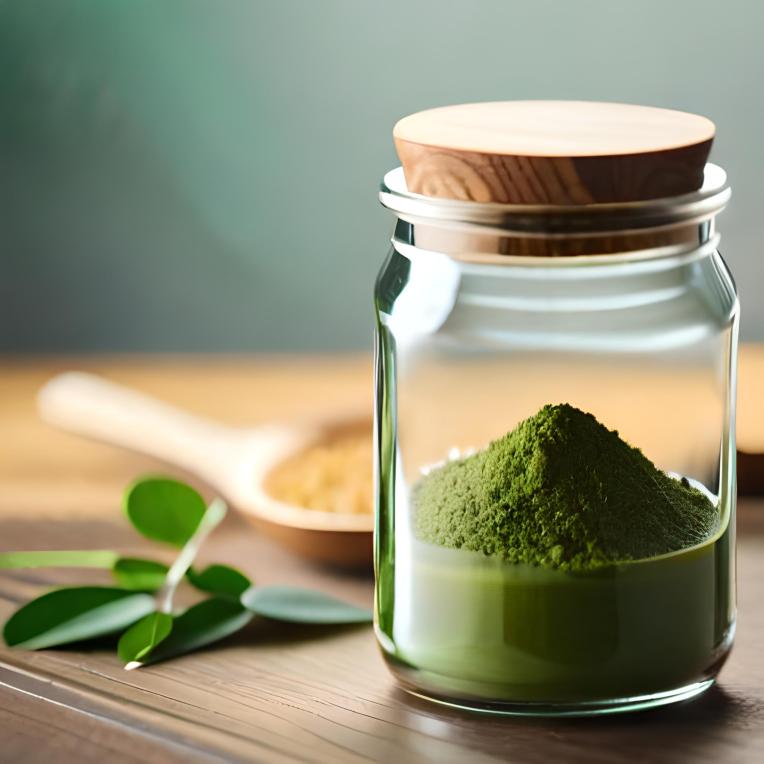Unveiling the Sweet Secrets of Stevia Plant: A Complete Guide

Introduction
Stevia Plant is a remarkable herb that has been gaining popularity as a natural sweetener. This versatile herb has been used for centuries to flavor many foods, and today, it is used as a healthy alternative to sugar. In this guide, we’ll explore the unique properties of Stevia Plant and how it can be used in cooking, as well as its health benefits and growing tips.
A brief introduction to Stevia Plant
Stevia Plant is a small shrub native to Paraguay, Bolivia, and Brazil. It belongs to the sunflower family and can grow up to 30 inches tall. The leaves of the Stevia Plant contain natural sweeteners that are 30-40 times sweeter than sugar, without the calories.
A general history of Stevia Plant use
The indigenous people of Paraguay have been using Stevia as a sweetener for centuries. It wasn’t until the early 1900s when Stevia became an alternative to sugar, with Japan leading the way.
The growing popularity of Stevia as a natural sweetener
As more people adopt a healthy lifestyle, Stevia has gained popularity as a natural sweetener. It is used in a variety of products, from soft drinks to baked goods, and is an ingredient in many health and wellness supplements.
Understanding Stevia Plant

What is Stevia Plant?
Stevia is a plant whose leaves contain natural sweeteners. It is a healthier alternative to sugar, as it contains zero calories and is safe for people with diabetes, as it doesn’t affect their blood sugar levels.
The anatomy of Stevia Plant
Stevia Plant is a shrub that can grow up to 30 inches tall. It has small, green, and stevia leaves that are sweetened, and it produces small white flowers. The sweetener is extracted from the leaves.
The different types of Stevia Plant
There are three types of Stevia plants: Sweetleaf, Rebaudiana, and Stevia Tasteful.
How does Stevia taste?
The unique taste of Stevia
Stevia has a unique taste that is different from sugar. Some people may find it to be slightly bitter, but this can be adjusted by using it in moderation.
Comparing Stevia to other sweeteners
Stevia is sweeter than sugar, although it does not have the same caloric content as sugar. It is a healthier alternative to some artificial sweeteners, which can be harmful to the body in excess.
Taste preferences and Stevia
Taste preferences vary from person to person. However, Stevia is an excellent substitute for sugar for those looking for a natural, no-calorie sweetener.
How to Use Stevia for Cooking and Baking
Baking with Stevia: Dos and Don’ts
Baking with Stevia requires some modification in recipes. Stevia tends to be more concentrated compared to sugar, which may affect the texture of baked goods. It’s essential to follow the recommended dosing to ensure your baked goods come out correctly.
Replacing sugar with Stevia in different recipes
Replacing sugar with Stevia in different recipes requires some initial experimentation as Stevia often alters the texture, flavor, and cooking time of the recipe. However, once you get comfortable with Stevia, you can use it to sweeten tea or coffee, baked goods and even as a seasoning for meat and vegetables.
Tips for using Stevia in cooking
When cooking with Stevia, it’s important to note that it’s generally sweeter than sugar, so begin with a small dose and gradually increase to the desired sweetness. You may also need to adjust the texture of your recipe using an additional ingredient, such as pureed applesauce or pumpkin.
Health Benefits of Stevia

Stevia and blood sugar levels
Stevia does not affect blood sugar levels, making it an excellent choice for people with diabetes.
Stevia and weight loss
Stevia is an excellent alternative to sugar, which contributes to weight gain because it does not have calories. If used in moderation, Stevia can aid in weight loss.
Stevia and dental health
Stevia does not encourage bacterial growth, which causes cavities, making it an excellent choice for dental health.
Stevia vs Artificial Sweeteners

The dangers of artificial sweeteners
Artificial sweeteners are often associated with various negative effects, including cancer, obesity, and behavioral problems. Some people may also experience adverse effects such as headaches, nausea, and digestive disorders.
Stevia and its compatibility with a healthy lifestyle
Stevia is considered safe for use, and it has been approved as a food additive by the US Food and Drug Administration (FDA).
Exploring the pros and cons of using Stevia
Stevia has many advantages such as reducing calorie intake, promoting dental health, and being safe for people with diabetes. However, it has a slightly bitter taste, and when overused, it can leave an aftertaste.
Is Stevia Safe?
FDA safety regulations on Stevia
Stevia is approved as a food additive by the US Food and Drug Administration (FDA) and classified as safe.
Possible side effects of consuming Stevia
High doses of Stevia may cause mild side effects such as bloating, nausea, and dizziness. However, these effects tend to be mild and temporary.
Debunking some common myths about Stevia
There have been some concerns about the safety of using Stevia due to a lack of research. However, to date, numerous studies have shown that Stevia is safe to use.
Stevia Growing Tips
Growing Stevia from seeds
You can grow Stevia by planting seeds indoors during the winter months and transplanting them into your garden once the warmer climate arrives.
The best time to plant Stevia
The best time to plant Stevia is in late spring or early summer, just after the last frost of the winter season.
How to care for and harvest your Stevia plant
Stevia requires about six to eight hours of sunlight and well-drained soil. When harvesting, pick the leaves, leaving the stems and primary branches intact.
The Future of Stevia
Stevia in global markets
Stevia is a growing market globally and is increasingly being substituted for sugar in commercial products.
New innovations in Stevia
New advancements in technology have made it possible to create new Stevia sweetener variants, which will open up new possibilities for the use of Stevia.
What we can expect from Stevia in years to come
The trend of using more natural sweeteners in products will become a more significant focus, and Stevia will continue to rise as one of the key ingredients.
Stevia in Pop Culture
Stevia and its culinary influence
Stevia has become a culinary trend, with many top chefs experimenting with using the natural sweetener in various dishes.
How Stevia is depicted in popular culture
Stevia appears in many popular culture products, from soft drinks to ice-cream, and is marketed as the healthy, natural choice.
Stevia and celebrity endorsements
Stevia has become a celebrity favorite, with many advocating for its natural and healthful benefits.
Frequently Asked Questions
Can Stevia cause diarrhea?
Consumption of Stevia is unlikely to cause diarrhea, although in high doses, it may lead to mild side effects such as bloating and nausea.
How much Stevia should I consume?
The recommended daily limit for Stevia is 4 milligrams per kilogram of body weight.
Can Stevia help me lose weight?
Stevia can help maintain a healthy weight as it is calorie-free, but it should be consumed in moderation.
Conclusion
Stevia is an excellent alternative to sugar, offering a range of health benefits without the calorie load. Use this guide as a resource for cooking with Stevia, growing Stevia, understanding its health benefits, and how it’s depicted popular culture. Stevia is one of the most versatile sweeteners globally today, and with the new innovations, we can expect even more alternative applications to emerge.

